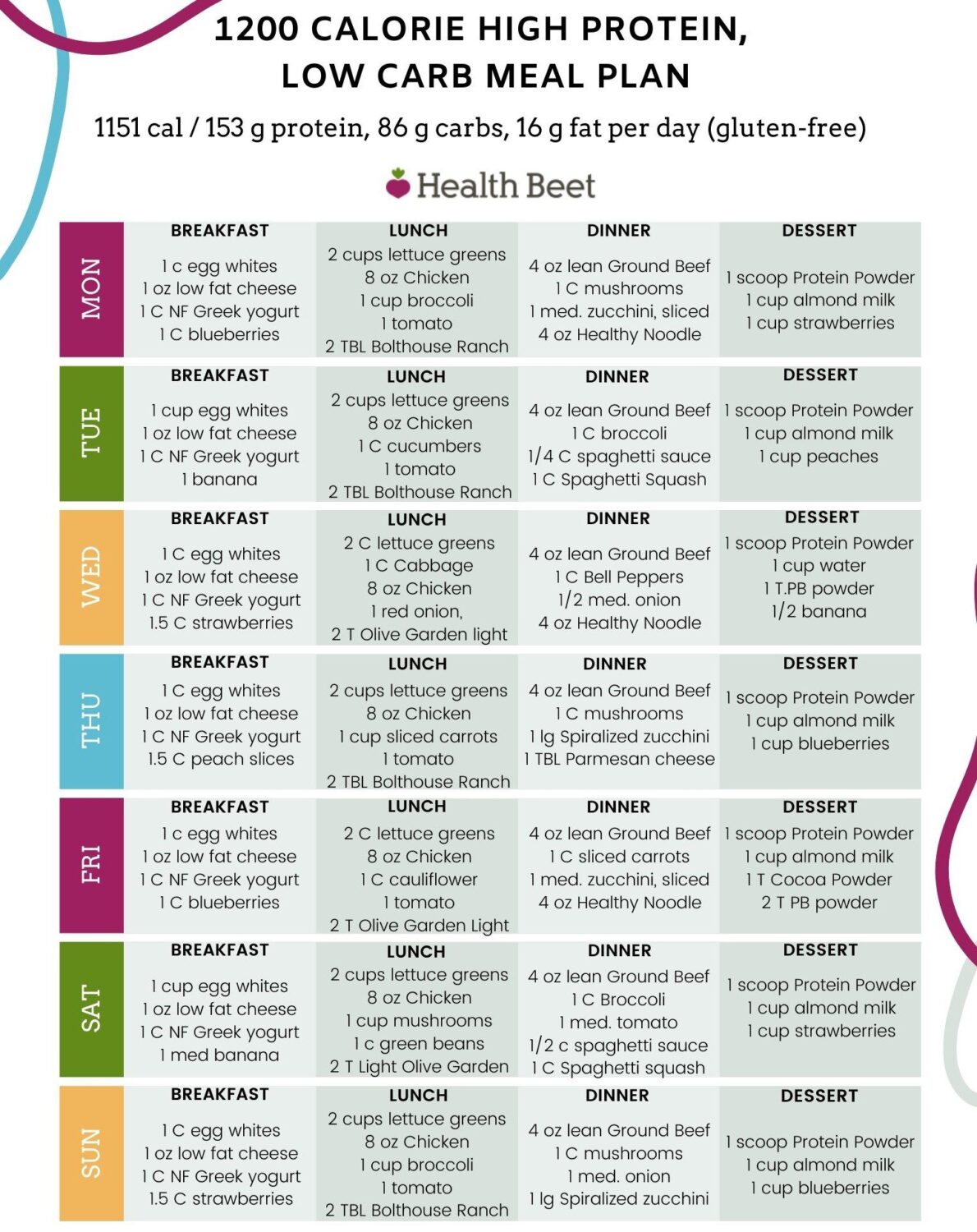If you’ve decided to change your diet and are wondering what foods to avoid, read on. Learn what a gluten free diet plan is, why gluten is bad, and what foods are gluten free with a Gluten Free Food List.

Then you can begin to choose your meals accordingly. Here’s what you need to know about a gluten free diet. Here are some foods you should avoid:
Table of Contents
What is gluten?
If you have ever wondered what gluten is, you are not alone. This protein is naturally present in cereal grains. Wheat contains two types of gluten: wheat proteins and the combination of prolamins. These prolamins are responsible for the elasticity of the gluten free product. In case you’re wondering what gluten is, it’s a group of structural proteins. They’re present in the wheat grain at varying levels and are responsible for a number of adverse health effects.
Gluten is a protein found in some grains, such as wheat, barley, and rye. It constitutes 85-90% of wheat protein and contains amino acids glutamine and proline. Although gluten is not a healthy food, it’s not unhealthy, either. And while it’s not harmful for most people, it’s not good for you, which is why it’s so controversial. While it’s helpful in your daily diet, you may still want to check with your doctor before consuming large amounts of gluten-containing products.
Why does it matter in a diet?
When you’re avoiding all things made with gluten, it may seem like a daunting task. The cost of gluten free products is higher, since they must go through more stringent testing to make sure they’re gluten free. A whole, one-ingredient diet can cost less. In addition, many social situations revolve around food, and a gluten free diet can make this difficult. While many restaurants offer gluten free options, you may still be at risk of catching a contaminated food item. As a result, 21% of people with celiac disease may avoid social situations if they have to eat out.
Cutting out gluten can be dangerous for your health, however, because it reduces the number of vitamins and minerals that you can consume. Whole grains, in particular, are essential for people with heart disease and diabetes, because they lower cholesterol and regulate blood sugar levels. In addition, some gluten free products are high in vitamins and minerals. So, it’s important to make sure you get enough of these nutrients through other foods.
Why is it Bad for Some People
For some people, the idea of following a gluten free diet is appealing, but it is also detrimental to their overall health. People who begin a gluten free diet often find that their fiber intake plummets. Fiber is crucial for overall digestive health, and a lack of it can cause constipation, bowel problems, and excess calorie intake. Additionally, it can make you gain weight.
One of the most common reasons for adhering to a gluten free diet is that someone has an autoimmune disease. This ailment affects about 1 in 100 people. When gluten is ingested, it triggers an immune response and damages the lining of the small intestine. This prevents the absorption of nutrients and can lead to malnutrition. People with celiac disease experience many negative side effects, including fatigue, anemia, and digestive problems. Additionally, it can cause skin rashes and mouth ulcers.
The positive effects of a gluten free diet include weight loss and increased energy. It is not, however, harmful for everyone. In fact, a gluten free diet may improve your skin, and you may also lose weight, but the results are limited. There are many reasons to avoid gluten, and only two of them are backed by scientific evidence. Essentially, gluten is a group of proteins found in grains. In particular, the gliadins and glutenins are responsible for most of the negative effects of the food.
Foods to Avoid
If you’ve just begun a gluten free diet plan, the first step is to learn about the foods that contain gluten. The best way to get started is by learning as much as possible about the ingredients found in food. There are several websites you can visit to gain insight into gluten free diets. The National Celiac Association offers many useful resources, including an online gluten free diet guide. The Celiac Disease Foundation is another great source of information.
Processed meats and products contain high amounts of preservatives, and grain-fed meat may be problematic for gluten-intolerant people. Sweets also contain gluten, and many commercially produced cake frosting and ice cream contain malt. Root beer, too, is not recommended for people on a gluten free diet. These foods should be avoided. If you’re trying to follow a gluten free diet, it is especially important to read the labels before buying and preparing foods.
Health Benefits of Being on a Gluten Free Diet Plan
Despite the fact that being gluten free may seem difficult, there are many health benefits to being gluten free. Inflammation and joint pain are common symptoms of celiac disease. In a gluten free diet, you can reduce or eliminate inflammation. Inflammation is caused by an abnormal immune response to gluten. Symptoms of celiac disease can be reactivated if you ingest gluten again.
People who are afflicted with celiac disease have a higher risk of developing other autoimmune disorders. Because gluten causes inflammation in the small intestine, it can lead to leaky gut. Leaky gut is the result of a buildup of proteins and toxins in the intestines. Because these particles are present in the bloodstream, the immune system will react to them. This heightened immune response can lead to many other autoimmune diseases.
Cutting gluten from your diet may increase your intake of fresh fruits and vegetables, which improves your digestive health and lowers your risk of developing diabetes. Cutting out gluten may also reduce the incidence of joint pain and fatigue. Several people who have tried the gluten free diet have experienced weight loss, better digestion, and reduced joint pain. They attribute their weight loss to a lack of unhealthy foods. By eliminating these foods, they are able to get the nutrients they need without worrying about gluten.
A Gluten Free Daily Meal Plan
When you’re on a gluten free food diet plan, it can be difficult to eat out. You might feel like an alien at the table. You may even develop constipation. You also may have trouble going to a social event because you can’t eat what everyone else is eating. But that’s all about to change. With a daily meal plan, you’ll be able to find delicious gluten free options without too much hassle.
Fortunately, there are many foods that are naturally free of gluten. These include fruits and vegetables, meat and poultry, fish and legumes. You can also enjoy a variety of prepared gluten free food options, including quinoa, amaranth, sorghum, brown rice, and couscous. If you’re still having trouble finding gluten free products, you can always subscribe to a meal box service. These subscription boxes will save you time and money.
Developing a meal plan to fit your busy schedule is a crucial part of gluten free eating. Finding the right gluten free food can be a challenge, but you can succeed with a gluten-free daily meal plan that includes recipes for breakfast, lunch and dinner. Make sure to read food labels and make a grocery list before you shop. You’ll thank yourself later.
Is Eating Gluten Free Healthier
Many people are interested in determining if eating gluten free is healthier. However, eating gluten free grains can also improve the health of people who are not gluten-intolerant. In general, gluten free grains are lower in fibre and fat, and are higher in calories and sugar. In addition, they often don’t contain whole grains, which is beneficial for gut health and weight management. Before making the switch to a gluten free diet, it’s best to talk to a Registered Dietitian to determine whether your symptoms are a sign that you need to eat a gluten free food diet.
The diet has gained a lot of popularity in recent years, thanks to the popularity of gluten free products. Moreover, the availability of gluten free food has increased, and consumers have more money to spend on them. This makes eating gluten free more affordable and accessible than ever before. Fortunately, the diet is also more widely accepted than ever. It is also safe and convenient. Many health care professionals are promoting the diet to people without gluten-intolerant disorders.
Gluten Free Food List
A Gluten Free Food List can be a valuable resource when it comes to starting a gluten-free diet. Choosing and purchasing foods free of gluten can be tricky, especially if you are unfamiliar with the process. This list will help you decide what to eat, whether that means eating gluten-free versions of your favorite foods or sticking to whole, natural foods. There are many ways to make the transition easier, including preparing food at home, focusing on eating real, whole foods and reading the labels carefully.
Fresh fruit and vegetables are naturally gluten-free. However, if you’re worried about cross-contamination, you can buy fresh cuts of beef, pork, lamb, chicken, turkey, and fish. While fresh produce is generally safe, avoid pre-packaged fruit and vegetable products because they could contain gluten during processing. Check the label and read warning labels, especially for products processed in shared facilities.




